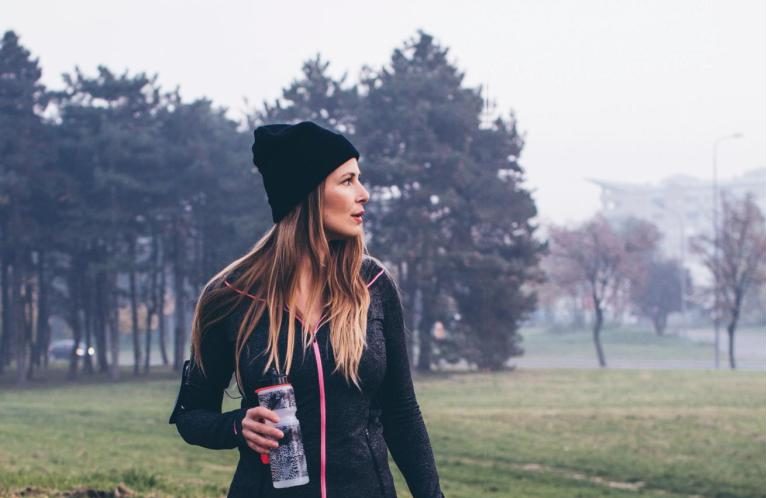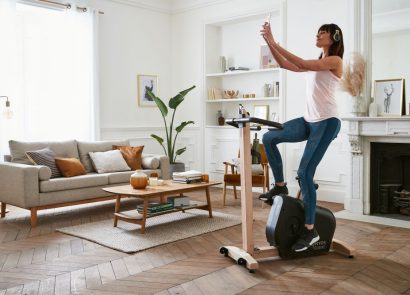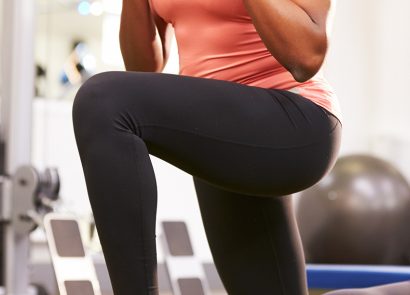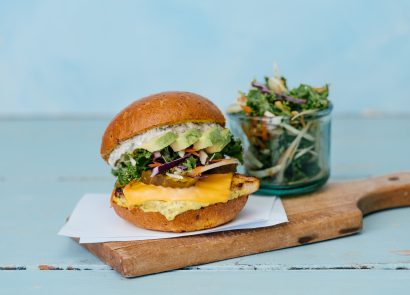Walking might not be the first thing that springs to mind when you’re looking to lose weight, but regular strolling is a fantastic way to get a cardiovascular and lower body workout, without the strain and impact of running. Walking in the fresh air also burns calories, gets the blood circulating and offers up a hit of endorphins, plus it’s free and one of the most natural things to do as a humanbeing, which is why it feels so good to just get out the door and go. So, let’s explore the benefits further and look at why it’s something we should all be doing regularly.
It will help you to lose pounds
Depending on your current weight and fitness level, you can burn approximately 200-400 calories per hour when walking, which quickly adds up. Walking also leads to greater sugar uptake by the muscle cells, which in turn regulates your blood glucose levels and will help you burn fat more efficiently.
It will tone your entire lower body
Walking is the ideal way to tone your thighs, hamstrings, glutes (bottom) and calves. During walks, try to squeeze your bottom with every step, or find a route with a hill to really work your hamstrings and glutes. Alternatively, why not try a walk off-road? The uneven terrain will not only improve your agility but also activate more muscles in the body including your core – and the more muscle you have, the higher your basal metabolic rate, which means you burn more calories even at rest.
It’s gentle on your joints
Walking is considered to be a low-impact exercise that’s accessible to almost everyone, no matter what the age or fitness level. Low-impact also means lower injury risk, so you can be more consistent with your training – and when it comes to weight loss and fitness, consistency really is key!
It reduces stress hormones
Ever wondered why you hold weight on your tummy despite all your hard work trying to exercise it off? It could be down to too much of the stress hormone cortisol, which causes the body to hold on to fat (this is largely thanks to the way the body reacts to the fight or flight response). A good way to reduce these pesky stress hormones from arising is by getting some fresh air and soaking up some natural vitamin D while walking. In fact, studies show that walking helps to improve your mood and may even ward off anxiety and depression, especially when you go strolling in a soothing environment such as a beach or park. So, if you’re feeling overwhelmed or bogged down, take a break, lace up your trainers and go for a walk. Phew!
It’s good for the heart
Walking raises your heart rate and improves blood circulation. It also strengthens the heart and lowers your blood pressure, all of which reduce the risk of heart disease. A regular stroll can even lower your risk of diabetes and, amazingly, trigger an anti-ageing effect, which can help repair old DNA and slow down the ageing process!
Let’s walk
Now we’ve learnt about the many benefits of walking, let’s get going. To the right you’ll find a 28-day plan that will help you burn off 10Ibs. It’s been designed to encourage gradual progression, so you’re able to walk for up to 60 minutes comfortably and at a reasonable pace. But before we start, here are some walking technique tips that will help you get the most out of each session.
- Look up. Your head should be looking forward, not at the ground.
- Relax your neck, shoulders and back. They shouldn’t be holding tension or feel stiff and too upright.
- Swing your arms freely with a slight bend in your elbows. A little pumping with your arms is good, too – especially as you increase your pace and confidence.
- Your stomach muscles should be pulled in slightly towards your tummy button, and your back should be straight, not arched forwards or backwards.
- Walk smoothly, rolling your foot from heel to toe.
Your 28-day walking plan
Key
Slow pace:
You feel like you can maintain this pace for hours. Your breathing is also comfortable, and you can easily hold a conversation.
Medium pace:
You feel slightly out of breath but can hold a conversation, despite the odd pause. You work up a light sweat.
Fast pace:
You’ll be breathing harder than usual and you can talk but your conversation is very broken.
Week 1
Monday:
Walk for 10 minutes at a fast pace
Tuesday:
Walk for 15 minutes at a medium pace
Wednesday:
Rest
Thursday:
Walk for 20 minutes at a medium pace
Friday:
Walk for 20 minutes at a slow pace
Saturday:
Walk for 10 minutes at a fast pace
Sunday:
Walk for 40 minutes at a slow pace
Week 2
Monday:
Walk for 15 minutes at a fast pace
Tuesday:
Walk for 20 minutes at a slow pace
Wednesday:
Rest
Thursday:
Walk for 15 minutes at a medium pace
Friday:
Walk for 25 minutes at a fast pace
Saturday:
Walk for 20 minutes at a medium pace
Sunday:
Walk for 40 minutes at a medium pace
Week 3
Monday:
Walk for 15 minutes at a fast pace
Tuesday:
Walk for 20 minutes at a medium pace
Wednesday:
Rest
Thursday:
Walk for 15 minutes at a medium pace
Friday:
Walk for 15 minutes at a fast pace
Saturday:
Walk for 20 minutes at a medium pace
Sunday:
Walk for 50 minutes at a medium pace
Week 4
Monday:
Walk for 20 minutes at a fast pace
Tuesday:
Walk for 20 minutes at a medium pace
Wednesday:
Rest
Thursday:
Walk for 20 minutes at a medium pace
Friday:
Walk for 15 minutes at a fast pace
Saturday:
Walk for 20 minutes at a medium pace
Sunday:
Walk for 60 minutes at a medium pace
Try this!
Want to upgrade your hike? Sign up for Dream Challenges’ Walk on the Wild Side Trek Kenya 2020. Trekking through Kenya’s Rift Valley to the River Malewa, you’ll be immersed in an entirely different world and spot an extraordinary range of wildlife, from hippos to giraffes, to zebras and more. You may even spot cheetahs and lions as you venture through Hell’s Gate National Park. The trek ends with a visit to an elephant orphanage, where babies are looked after until they’re ready to return to the wild. For more information, visit dream-challenges.com





















